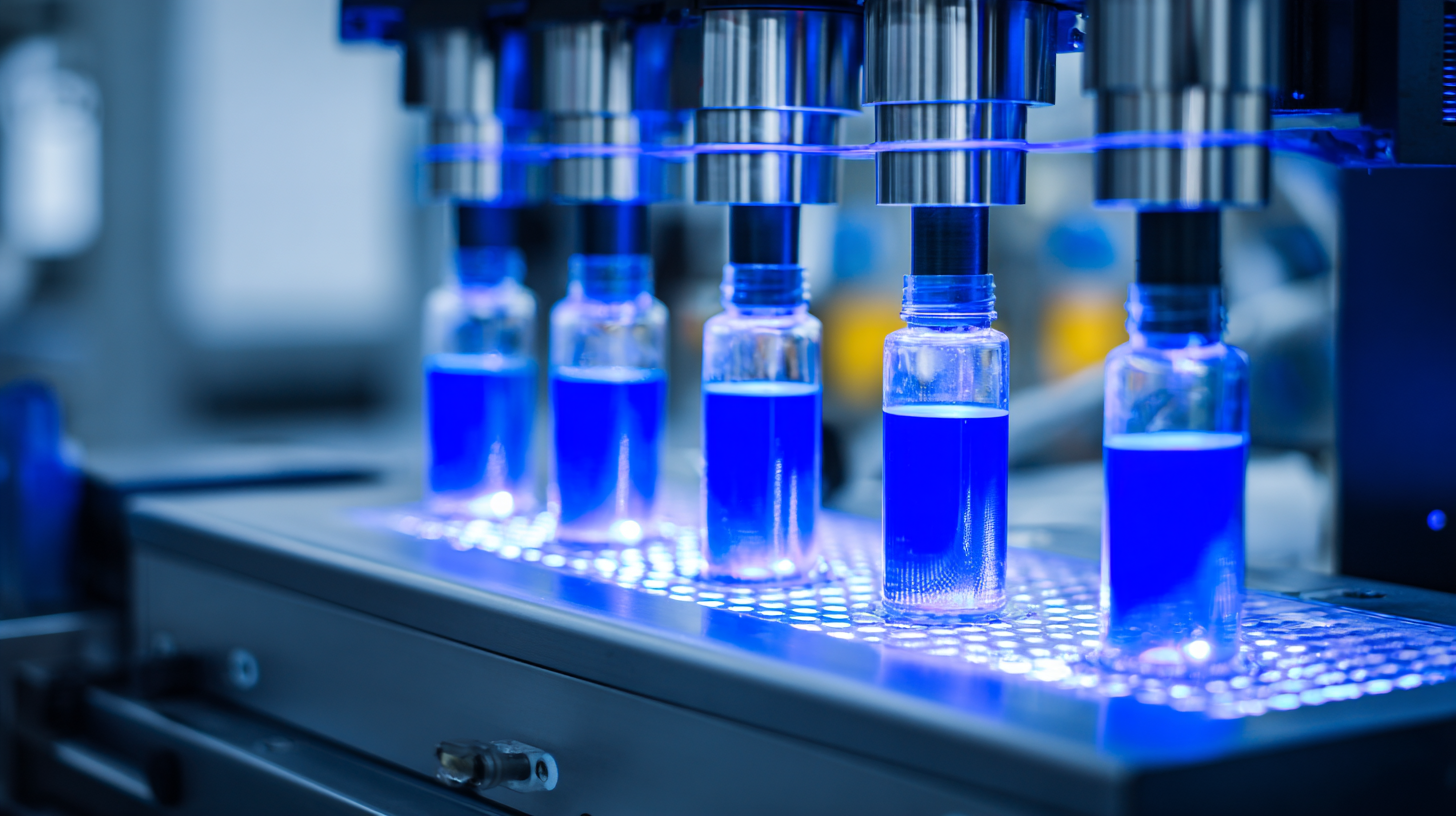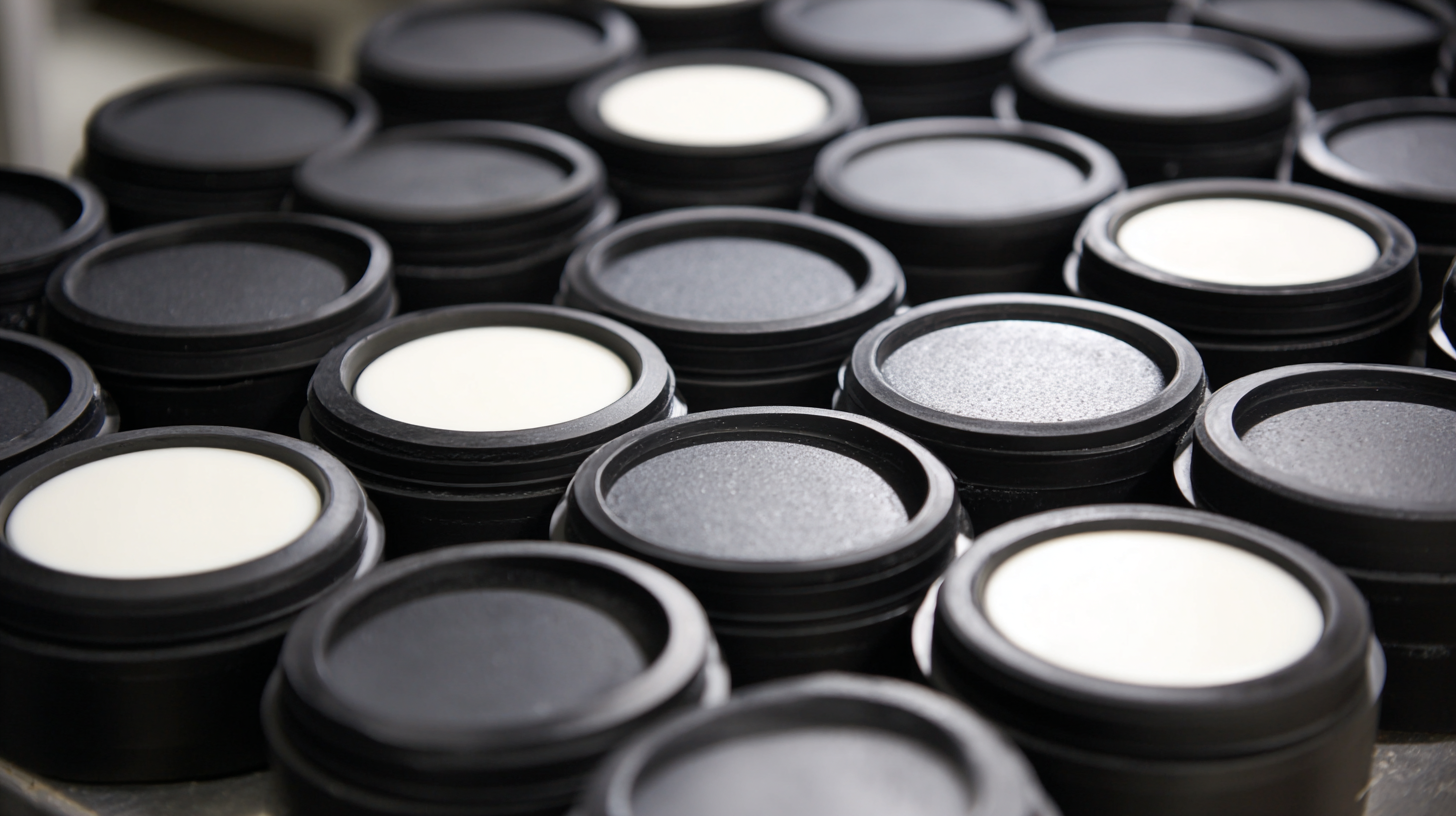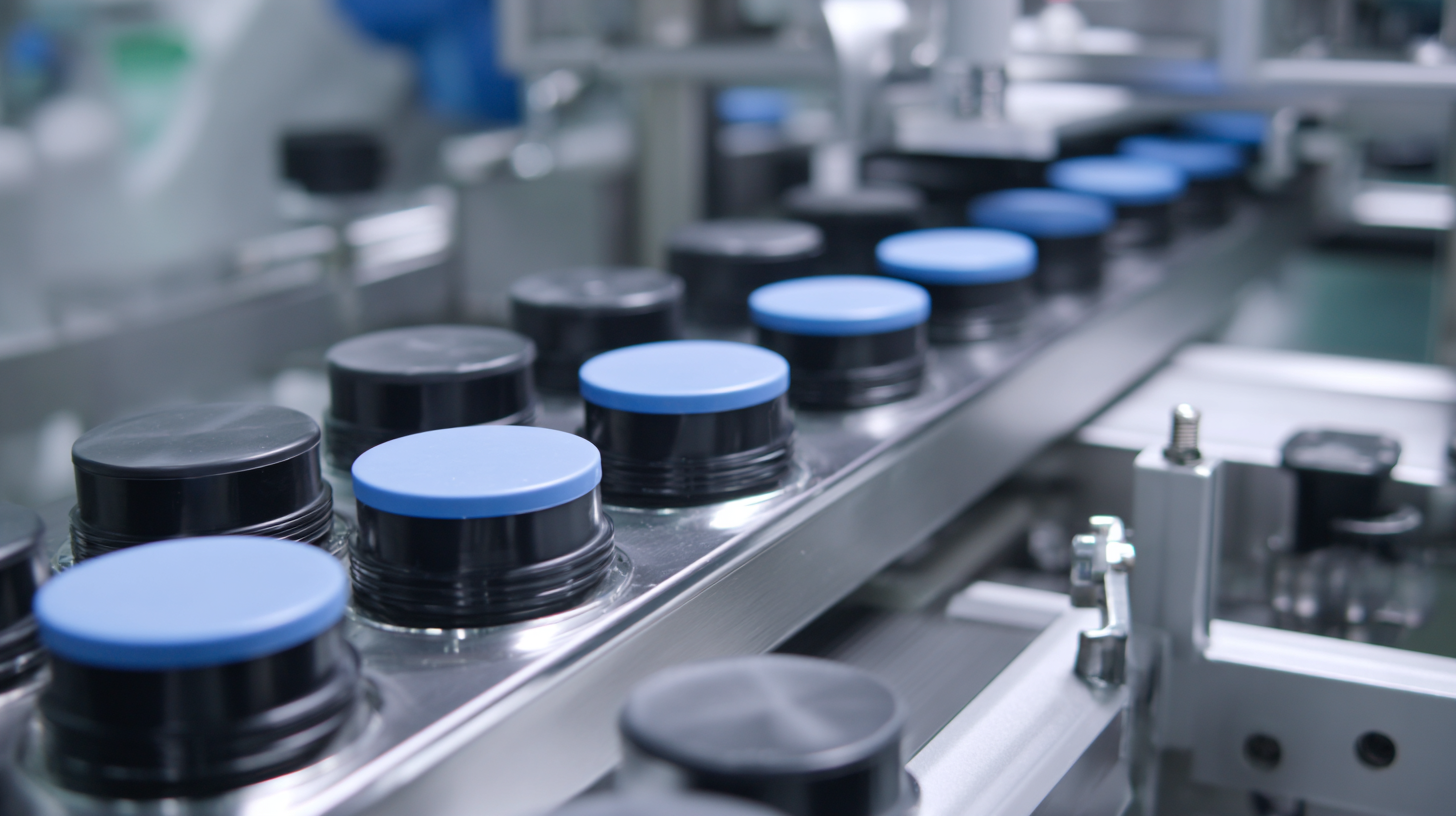
Navigating the Challenges in Manufacturing Best Silicone Rubber Separators for Global Markets
In the rapidly evolving landscape of manufacturing, producing top-quality Silicone Rubber Separators presents a unique set of challenges, particularly for companies targeting global markets. According to a recent report by Smithers, the global silicone market is projected to reach approximately $12.5 billion by 2025, driven by its growing application across various industries, including automotive, electronics, and medical devices. This surge emphasizes the importance of not only harnessing advanced manufacturing techniques but also maintaining stringent quality standards. As companies strive to remain competitive, understanding the nuances in the production of Silicone Rubber Separators becomes crucial—balancing cost-efficiency with performance reliability. This blog will delve into the complexities involved and provide a comprehensive comparison of manufacturing processes, ensuring companies can effectively navigate the global market demands while producing superior silicone components.

Understanding the Essential Properties of Silicone Rubber for Manufacturing Separators
Silicone rubber has emerged as a vital material in the manufacturing of separators across various industries, particularly due to its unique properties. The globally increasing demand for lightweight, durable, and flexible materials has positioned silicone rubber as a preferred choice in producing separators for electric vehicles and consumer electronics. According to a report by Research and Markets, the global silicone rubber market is projected to reach approximately $9 billion by 2026, highlighting a compound annual growth rate (CAGR) of 5.5% from 2021 to 2026. This data underscores the material's growing significance in high-tech applications.
The essential properties of silicone rubber that make it ideal for separators include excellent thermal stability, chemical resistance, and mechanical flexibility. These properties ensure that silicone rubber separators can withstand extreme temperatures and harsh environments, which is crucial for applications in automotive and aerospace sectors. Additionally, silicone rubber's excellent electrical insulation properties are paramount for battery separators, where safety and efficiency are prioritized. The versatility of silicone rubber enables manufacturers to tailor the material for specific applications, ensuring optimal performance regardless of the operating conditions, thereby addressing the diverse needs of global markets.

Identifying Key Challenges in the Production of Silicone Rubber Separators
The production of silicone rubber separators is fraught with challenges that manufacturers must strategically navigate to meet the demands of global markets. One of the primary challenges lies in sourcing high-quality raw materials. According to a report by market research firm Grand View Research, the global silicone rubber market is expected to reach USD 10.9 billion by 2025, underscoring the competitive landscape for sourcing materials that meet industry specifications. Variability in the quality of these raw materials can lead to inconsistencies in the final product, making it essential for manufacturers to establish strong relationships with reliable suppliers.
Another significant hurdle is the advanced technological requirements for manufacturing silicone rubber separators. With an increasing shift towards automation and precision engineering, manufacturers face pressure to invest in state-of-the-art equipment that enhances production throughput and quality control. Research from MarketsandMarkets indicates that the silicone market is projected to grow at a CAGR of 4.5%, highlighting the need for manufacturers to adopt innovative technologies and processes. This transition not only requires financial investment but also skilled labor to operate sophisticated machinery, adding to the complexity of production. The ongoing challenge is to balance productivity with quality while meeting stringent regulatory standards across different regions.

Adapting Manufacturing Techniques for Global Market Demands
In today’s competitive landscape, adapting manufacturing techniques to meet global market demands is crucial, especially for producing high-quality silicone rubber separators. Manufacturers must stay attuned to regional preferences and regulatory standards, which can vary significantly. For instance, the automotive and electronics industries may require specific thermal or electrical properties from silicone rubber, necessitating tailored formulations and production processes. By investing in research and development, companies can innovate on their existing techniques to create versatile products that cater to diverse markets.
Moreover, automation and advanced manufacturing technologies play a pivotal role in enhancing production efficiency and quality control. Implementing smart manufacturing systems helps track and optimize every stage of production, from material sourcing to final inspection. This approach not only streamlines operations but also ensures consistent product quality, meeting the high expectations of customers across different regions. As manufacturers strive to meet the increasing demand for silicone rubber separators, embracing these adaptive strategies can lead to sustainable growth in the global market.
Quality Control Strategies for Consistent Silicone Rubber Separator Production
In the competitive landscape of silicone rubber separator manufacturing, implementing robust quality control strategies is essential for ensuring consistency across production lines. One effective approach is the adoption of statistical process control (SPC), which utilizes data analysis to monitor and control manufacturing processes. By regularly measuring critical parameters such as thickness, elasticity, and temperature resistance, manufacturers can identify variations that may compromise product quality. This proactive method not only enhances product reliability but also reduces waste and production costs.
Another important aspect of quality control involves establishing clear standards and guidelines for material selection and processing techniques. Collaborating closely with suppliers to understand the properties of silicone materials and ensuring they meet stringent quality specifications is crucial. Additionally, incorporating regular training sessions for employees on best practices in manufacturing processes can greatly improve quality outcomes. By fostering a culture of quality at every level of production, manufacturers can produce silicone rubber separators that meet the demanding requirements of global markets while also enhancing their brand reputation.
Exploring Innovations in Silicone Rubber Separator Design for Competitive Advantage
Silicone rubber separators are increasingly essential in various industries due to their outstanding insulating properties and durability. As manufacturers seek to gain a competitive advantage, innovations in the design of these separators play a crucial role. Currently, there is a significant trend towards incorporating advanced materials and production techniques to enhance the performance of silicone rubber separators. For instance, the development of lightweight and flexible designs can improve their applicability in energy storage systems, such as batteries, thereby meeting the growing demand for efficient power solutions.
Moreover, the integration of smart technology into silicone rubber separator design is a game-changer. By embedding sensors that monitor temperature and humidity, manufacturers can create more sophisticated products that prolong the lifespan of batteries and other equipment. This proactive approach to design not only adds value for consumers but also strengthens the brand reputation of manufacturers in the global market. Embracing these innovations not only addresses current manufacturing challenges but also positions companies to lead in an increasingly competitive landscape.
Navigating the Challenges in Manufacturing Best Silicone Rubber Separators for Global Markets
| Dimension | Specification | Innovation Aspect | Market Application | Competitive Advantage |
|---|---|---|---|---|
| Thickness | 0.5 mm - 3 mm | Enhanced flexibility | Automotive Batteries | Improved performance |
| Temperature Resistance | -40°C to 200°C | Thermal stability | Consumer Electronics | Longer life cycle |
| Tensile Strength | > 5 MPa | High durability | Industrial Equipment | Reduced maintenance costs |
| Chemical Resistance | Excellent | Advanced formulations | Medical Devices | Safety and reliability |
| Color Options | Customizable | Visual branding | Packaging | Enhanced market appeal |
